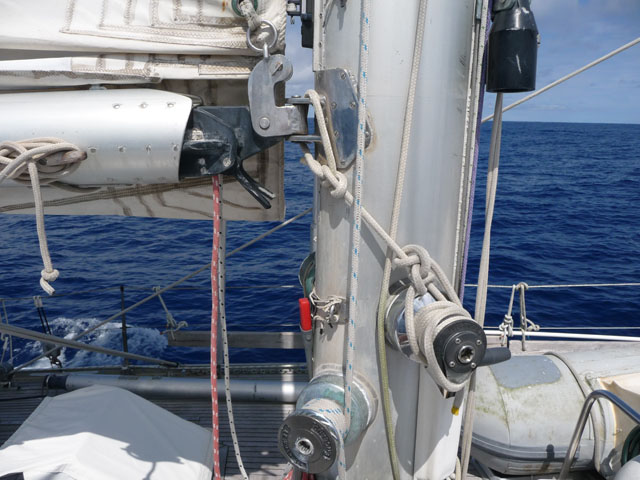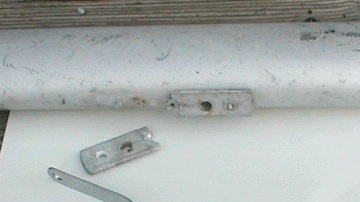Checks For Your Boat Rigging
Checking and maintenance of a boats rig is probably in most boat owner’s minds, but how often do we actually get around to performing those important checks.
It can be hard to know when to replace the standing rigging, and many of us don’t know exactly what to look for when performing a detailed examination of their rig.
Metal fatigue is one the main enemies. You can repeatedly bend a coat hanger vigorously and it’ll break quickly, or you can work it slowly for a long time – but it will still break. Standing rigging is the same. Even if your boat has been hardly used for 10 years, it will still have the potential for something to break, especially when you bring in the effect of a salt-water environment into the metal fatigue process.
Insurance companies generally recommend that you replace your standing rigging after 10 years – and most riggers agree that this is a reasonable life expectancy. It’s impossible to tell exactly how long rigging will last, but there’s a lot you can do to ensure you spot any problems early enough.
So what preventative maintenance should you carry out at the beginning of the sailing season.
Walk the deck
The first area to check is the gooseneck. Check that any fittings are securely riveted on and have no movement.

Gooseneck pins shouldn’t be bent, and toggles should only move as they’re supposed to move. Pack them with washers – nylon ones are cheap, and effective at packing out gaps – to stop any vertical movement.
Check the boom’s fittings, especially the kicker attachment, for movement or signs of cracking. Check rivets for any sign of movement or corrosion. In this example the kicking strap attachment reinforcement had issues with rivet corrosion and fatigue of the reinforcing plate.

The mast-foot is an area to inspect as it takes high compression loads from the mast, and also carries various pulley block attachments.
Your roller-furling gear should be easy to use: if it’s difficult, inspect and service the drum. It has been known for the rotation load on a stuck drum to unwind a compression terminal, which could lead to the loss of a rig. Flush it with a hose to free it from salt, then keep it moving with a dry silicone lubricant.
Sheaves should turn – and if they stop turning, they will begin to wear, which means they’ll never move again. Free and lubricate any stuck sheaves: a kettle-full of hot water is ideal for this. If in doubt, drive out their retaining pins and check all the bearing surfaces.
If you’ve found any black water stains (aluminium oxide and water) on deck, that’s a sign that something is wearing or moving that shouldn’t be – time to investigate!
Checks to do up the rig, or when the mast is down
Bottlescrews (turnbuckles) should be able to move and should be free from cracks. If the threads are difficult to move, leave some penetrating oil to seep in (ideally over-night) before attempting to free them. If it takes excessive force to free then a replacement may be needed.

Check that any rigging wires, especially where they enter an end fitting. If there’s a bend or the wire doesn’t line up with the end fitting you may have a problem. Swaged end fittings are particularly prone to breaking – the wire tends to go just inside the fitting, where the rig’s movement chafes it against the harder end fitting. With the mast down, flex and bend the end fitting, checking for broken strands and any movement.
Spreaders: Check for cracking, corrosion or any movement. If a running backstay or spare forestay has been rubbing along the spreader, check it hasn’t worn through the casting. These can cut through into the hollow spar.
Regular checks
These checks should ensure that you spot any problems before they develop into anything more serious. Regular checks and preventative maintenance are the key – but if there’s anything that you’re unsure about, head for your nearest professional rigger and ask their advice.
If you found this guide useful or interesting you might like to sign up to our newsletter, so that we can let you know when our next guide has been published.




